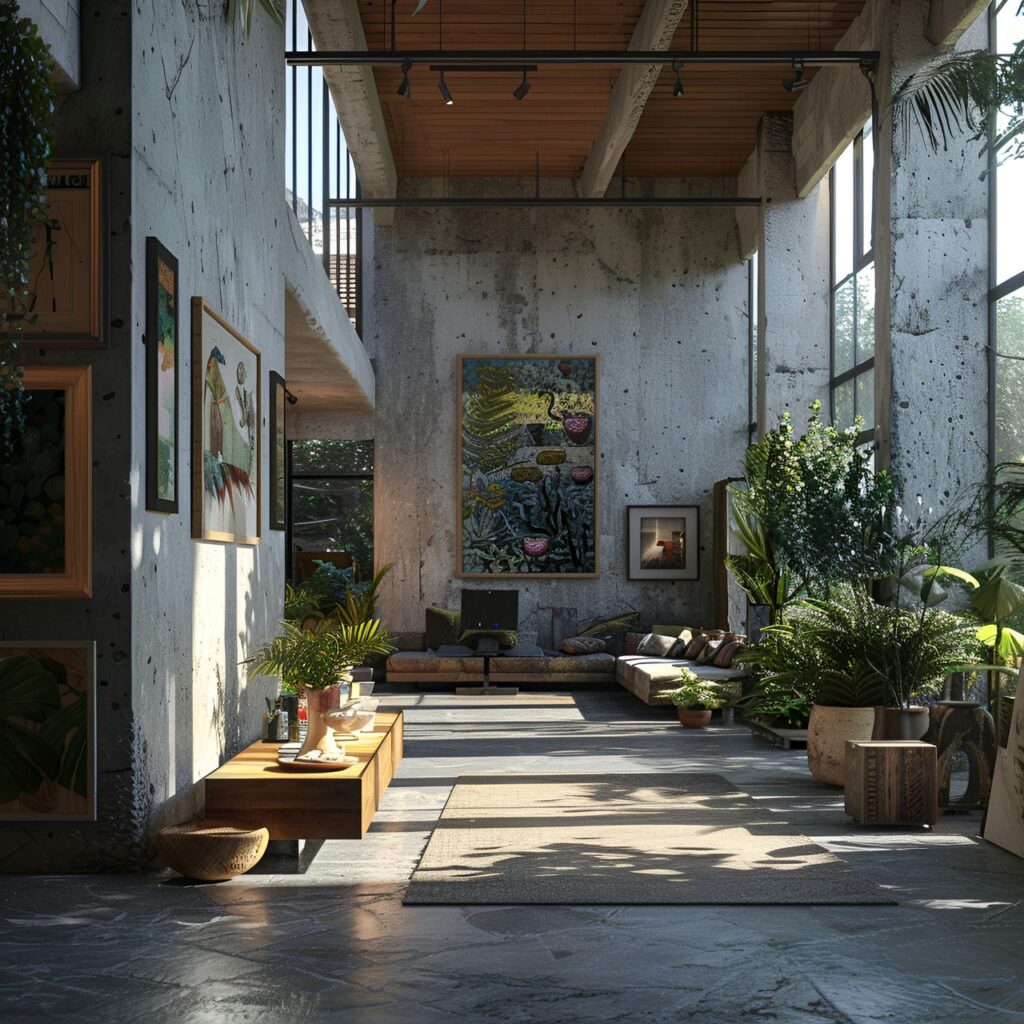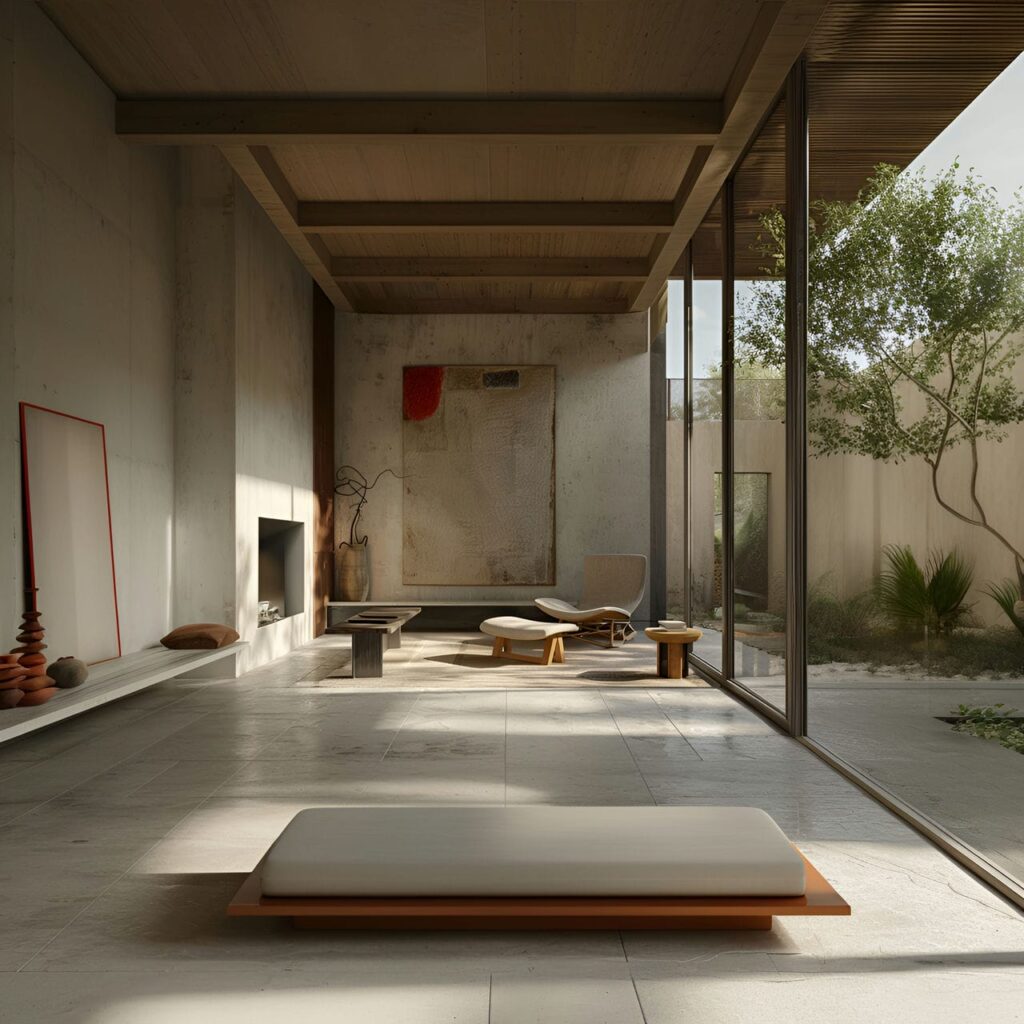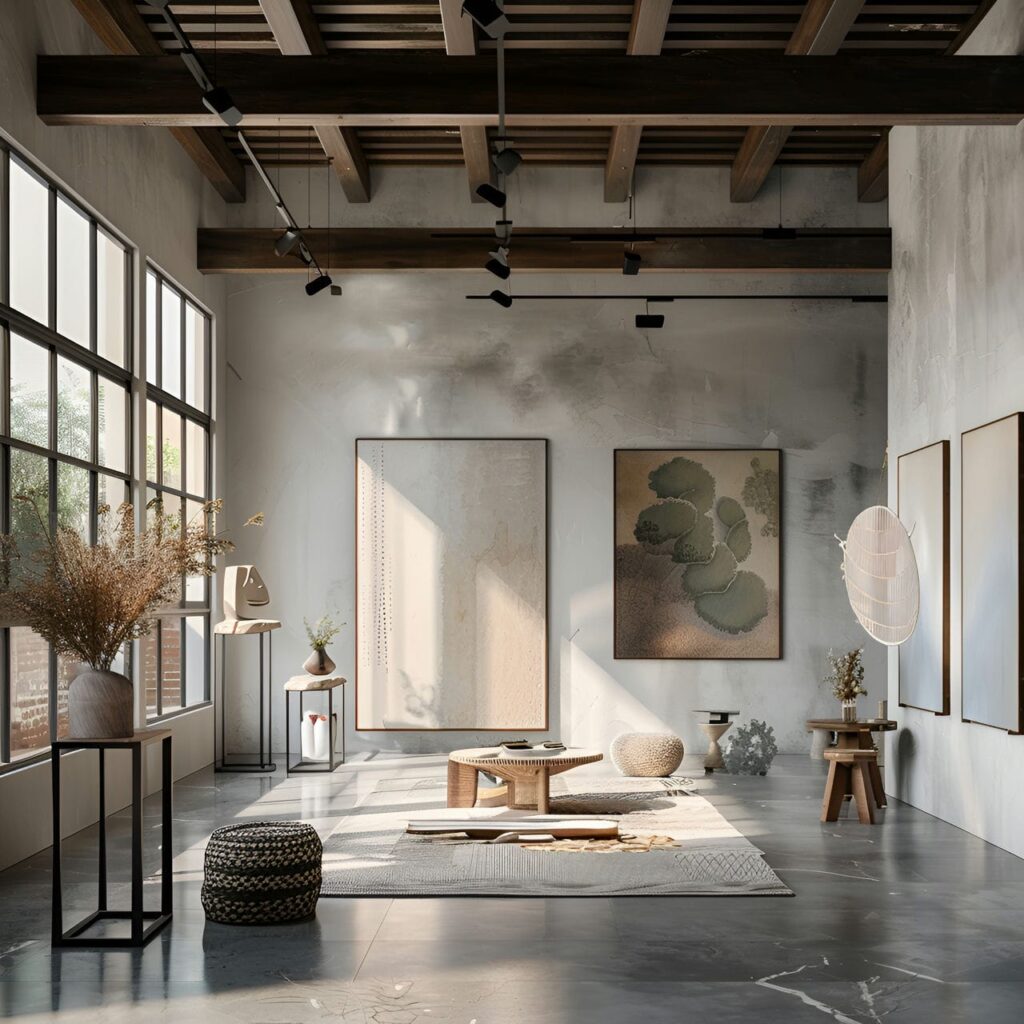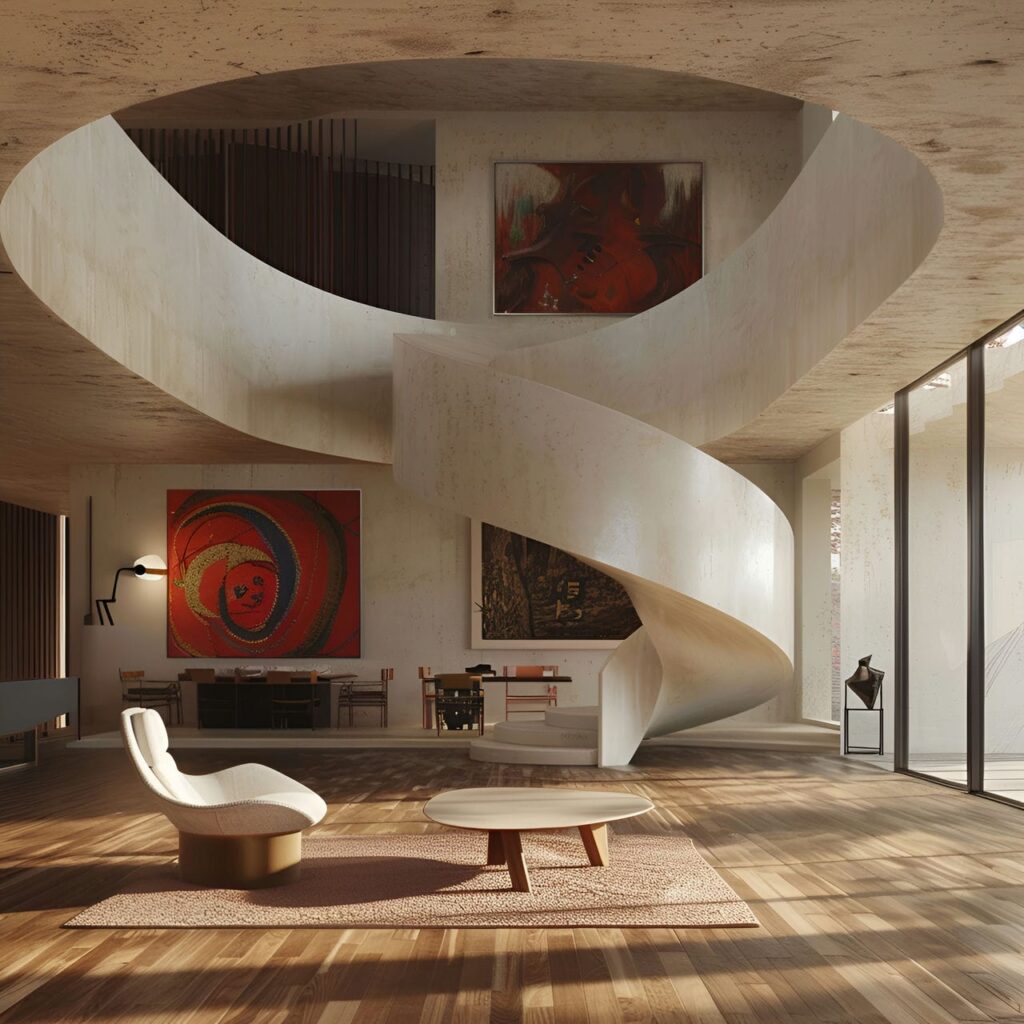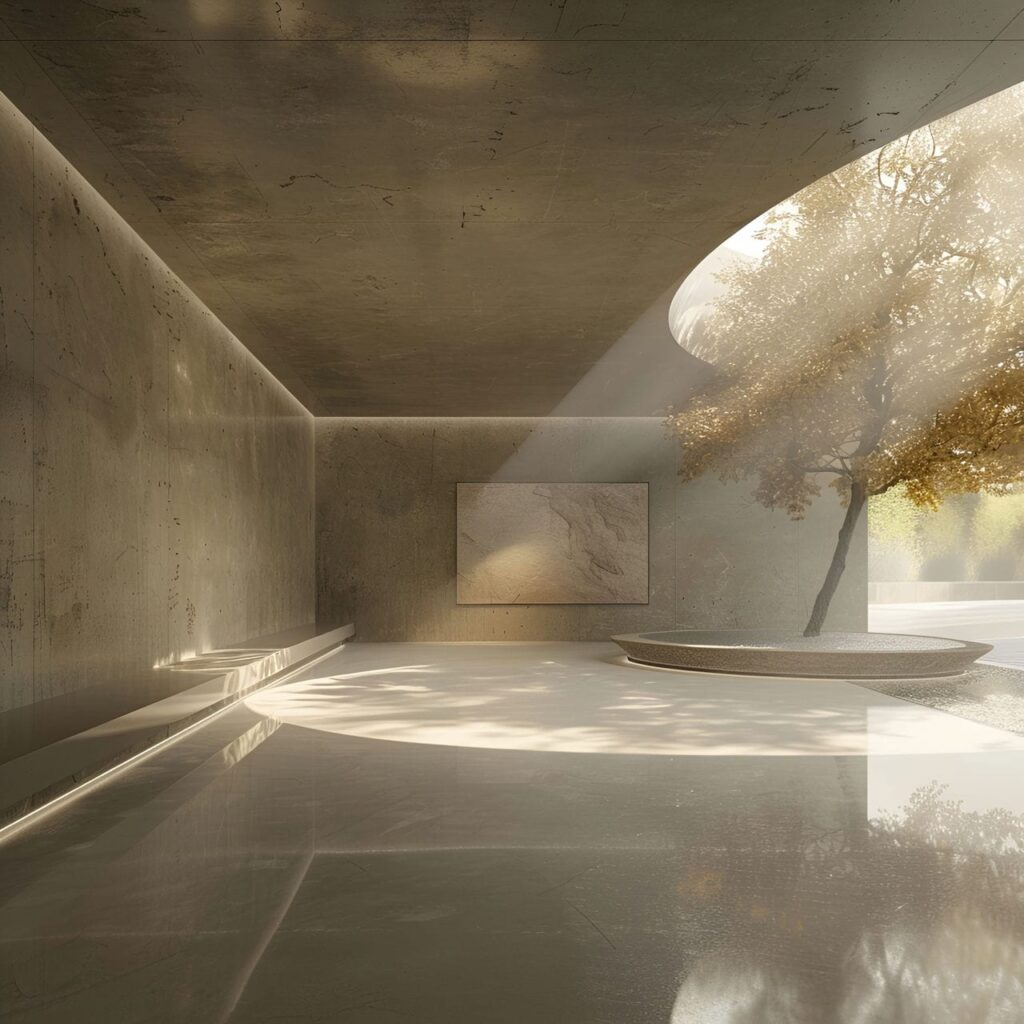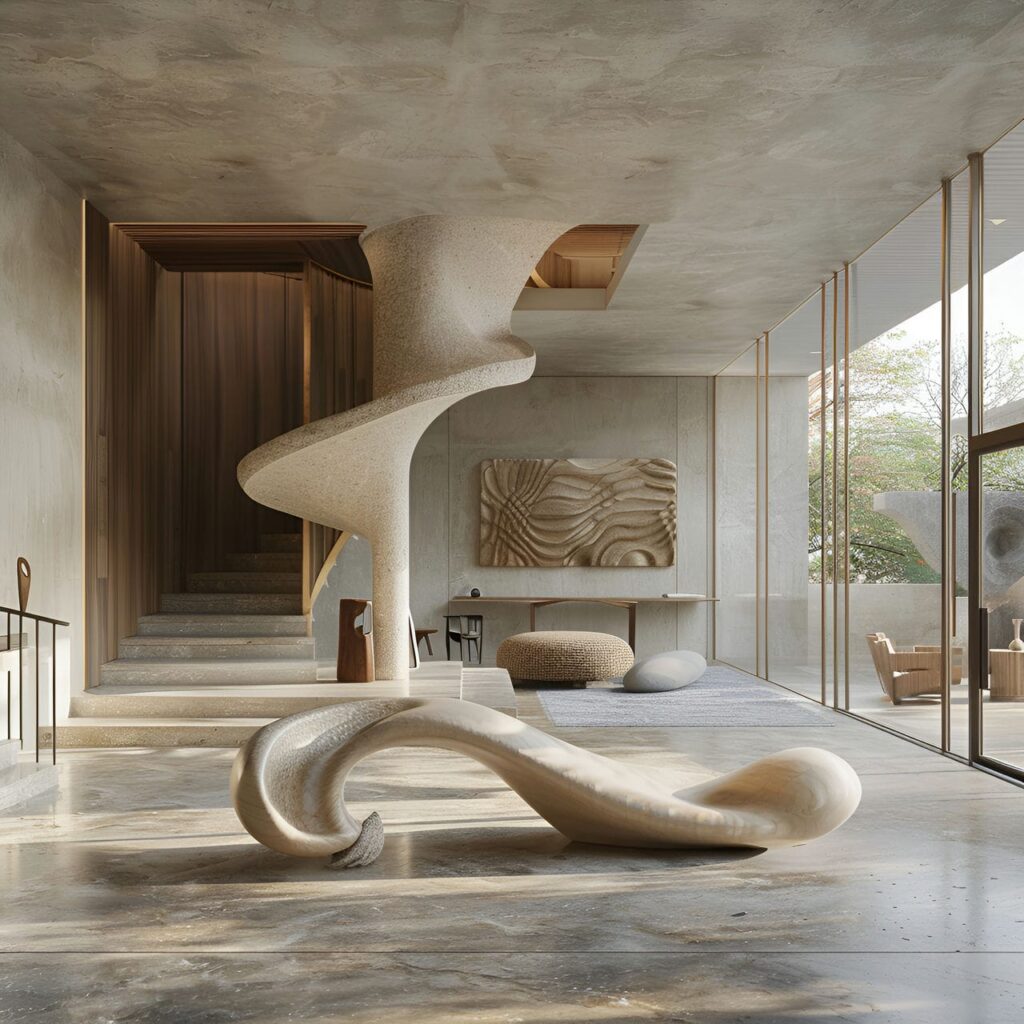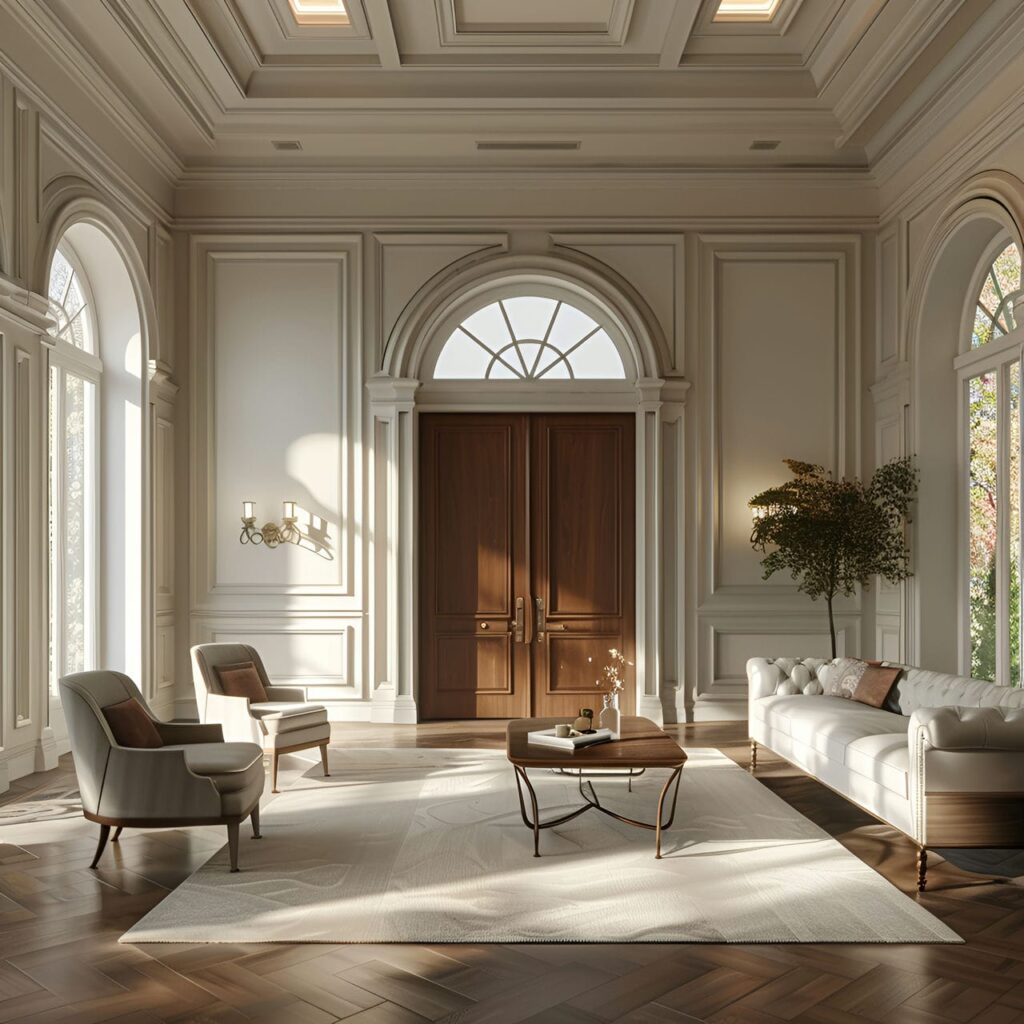Gallery spaces vary in size, functionality, and aesthetic appeal based on their intended use. Sizes range from small home galleries of 130 square feet (12 square meters) to grand estate galleries exceeding 1,075 square feet (100 square meters). Residential galleries have ceiling heights between 8 feet (2.4 meters) and 9 feet (2.7 meters), while luxury estates may feature dramatic double-height ceilings up to 20 feet (6 meters) or more. Galleries serve as platforms for art display and promotion. They represent artists, support their work, and often play educational roles by providing background information and context for the artwork displayed. The layout and shape of a gallery, whether rectangular or square, significantly influence the viewing experience. They are designed to optimize space for displaying artworks and facilitate visitor movement. Standard furniture includes display pedestals, benches, display cases, easels, shelving units, lighting fixtures, and reception desks. Commonly used colors include white, gray, black, and various neutral, pastel, and earth tones. The functionality of a gallery hinges on its design and layout, adaptability to different exhibitions, and role in promoting artists and education. Energy efficiency in galleries is achieved through sustainable design, efficient lighting, and HVAC systems. Hiring an architect for gallery renovation is recommended, especially for significant projects. Depending on the project’s scope and complexity, redecorating a gallery takes 8 to 20 weeks. This time frame includes planning, sourcing materials, physical redecoration, technical system installation, and unexpected delays. Homeowners face challenges in redecorating a gallery, such as budget constraints, space management, art selection, lighting challenges, preservation and maintenance, and staying updated with art trends.
What is the typical size of a gallery?
A typical home art gallery ranges from 130 square feet (12 square meters) to 195 square feet (18 square meters) – enough to exhibit a modest personal collection while retaining an intimate feel. Standard 8 feet (2.4 meters) to 9 feet (2.7 meters) residential ceiling heights apply. Spotlights situate 2.5 feet (0.75 meters) to 3 feet (1 meter) from the walls to illuminate 2 feet (0.6 meters) to 5 feet (1.5 meters) expansive paintings. Visitors require 4 feet (1.2 meters) to 5 feet (1.5 meters) of floor space between the art walls and any central furnishings to step back and view works. A 2-foot (0.6-meter) wide shelf can run 11.5 feet (3.5 meters) to 16.5 feet (5 meters) across one wall for displaying sculptures.
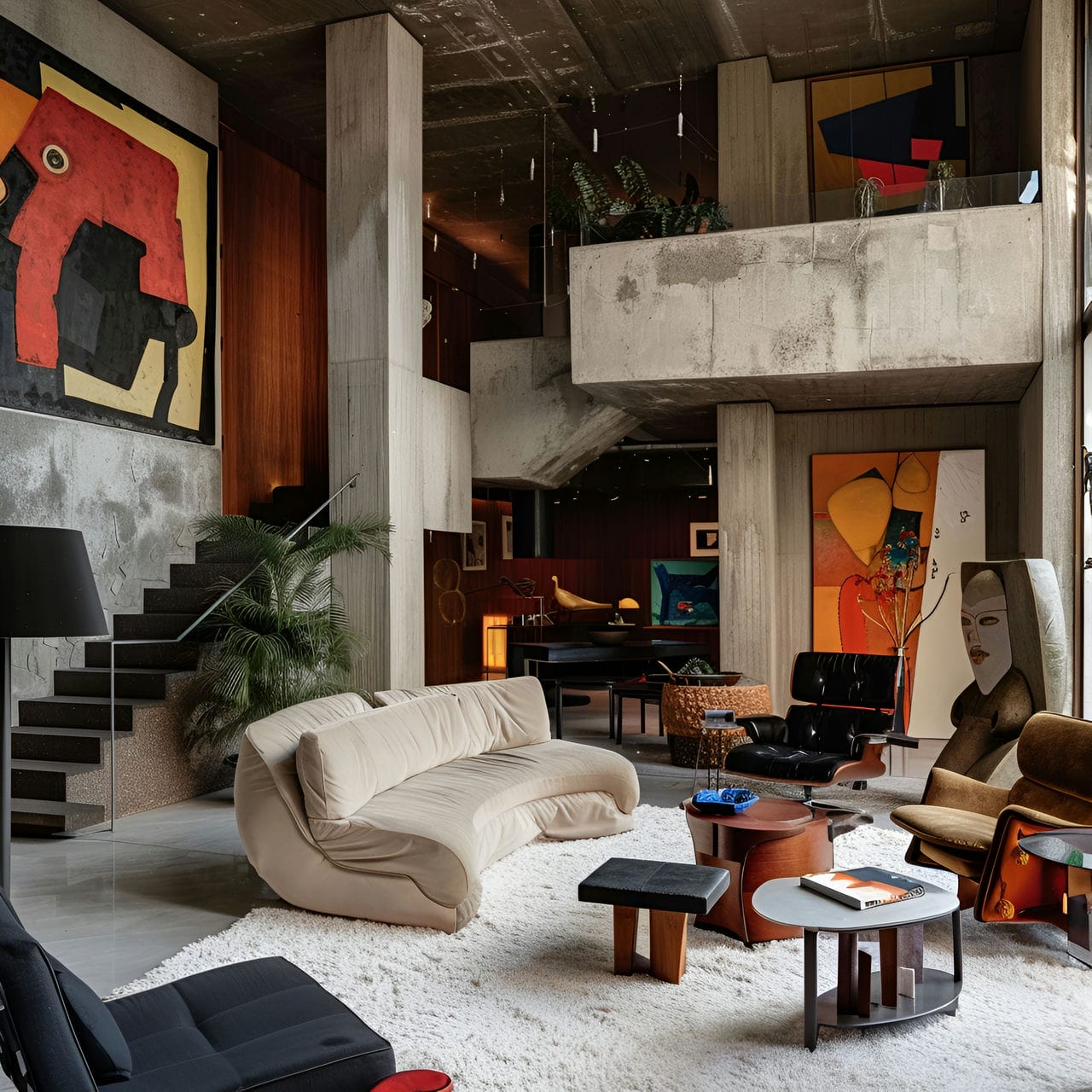
An average home gallery ranges from 195 square feet (18 square meters) to 300 square feet (28 square meters) to showcase expanding collections. Average ceiling heights of 8 feet (2.4 meters) to 9 feet (2.7 meters) still accommodate most pieces. Narrowing 2 feet (0.6 meters) to 3 feet (0.9 meters) wide floating shelves can maximize the 13 feet (4 meters) to 16.5 feet (5 meters) wide main walls. Visitors need 5 feet (1.5 meters) to 8 feet (2.5 meters) between the art displays and any central sofas or tables for convenient circulation. Grand gallery spaces in luxury estates range from over 750 square feet (70 square meters) to frequently exceeding 1,075 square feet (100 square meters). Dramatic double-height ceilings span from 15 feet (4.5 meters) to 20+ feet (6+ meters), allowing custom two-story lighting installations. Substantial 4 feet (1.2 meters) to 6.5 feet (2 meters) wide shelves provide expanded hanging space across the extensive 19.5 feet (6 meters) to 33 feet (10 meters) long walls. At least 10 feet (3 meters) to 15+ feet (4.5+ meters) of open floor area enables viewers to stand sufficiently far back to take in monumental oversized installations.
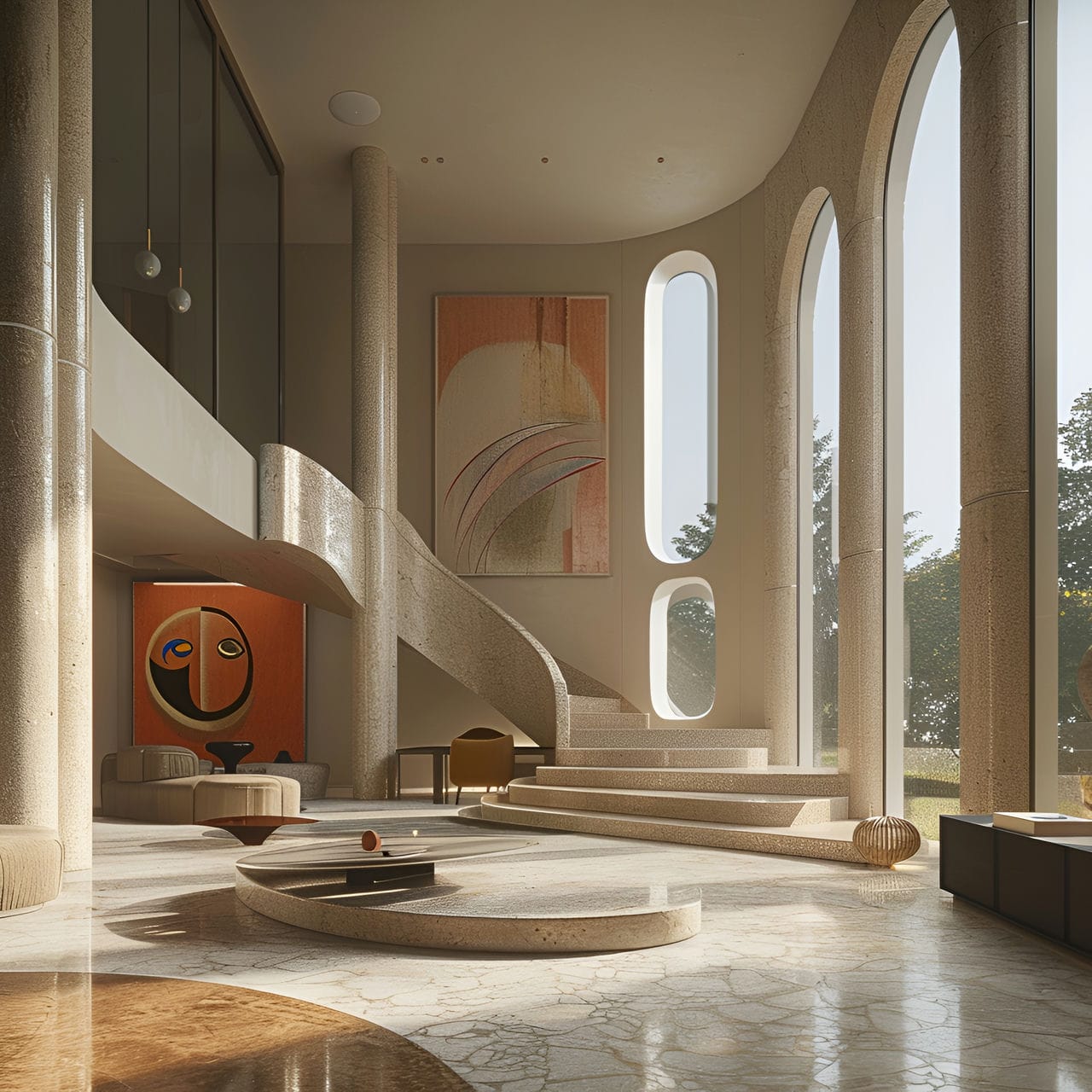
What is the use and purpose of a gallery?
The purpose of a gallery is to serve as a platform for displaying and promoting art and representing and supporting artists. Firstly, a gallery serves as a space to display works of art, such as paintings, sculptures, photographs, and other art forms. A gallery’s primary purpose is to showcase various artists’ works, providing a platform for people to appreciate and promote art. Secondly, galleries often play a crucial role in the art world by representing, supporting, and selling a portfolio of artists. They create curated exhibition programs, transforming art into substantial private or public collections. This function of galleries is crucial to the art world, as it allows the works planned and implemented by artists to reach the audience. Lastly, galleries serve an educational purpose. They are involved in promoting the careers of young contemporary artists and recovering the names of artists who may have been overlooked due to historical reasons. Some galleries emphasize several artists’ didactical and historical aspects, providing documentation, vintage photos, letters, exhibition reviews, and other materials to help visitors better understand the artist and their work.
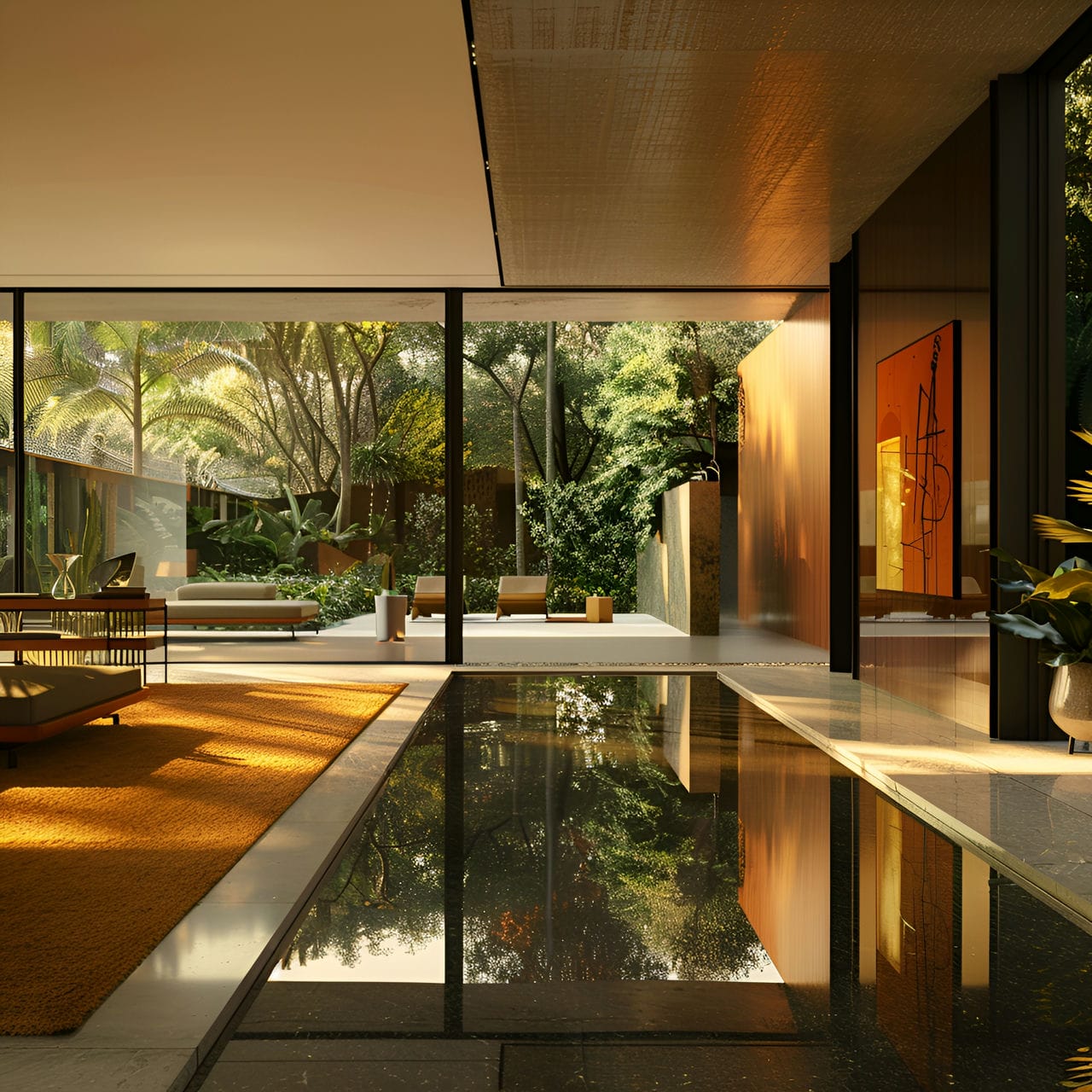
What is the typical shape of a gallery?
The typical shape of a gallery is rectangular, which may range from 12 feet (3.5 meters) to 16.5 feet (5 meters) in width and extend 15 feet (4.5 meters) to 20 feet (6 meters) deep. This allows guests to step back from art displays along the longer-spanned walls conveniently. A square gallery is 15 feet (4.5 meters) to 18 feet (5.5 meters) on each side, keeping standoff distances equivalent to central seating areas. Squared or single-walled galleries focus light arrays directly on collection highlights. An open plan or two adjoining display-height walls may also suit galleries integrated within living spaces. This focused footprint showcases curated works while avoiding excess negative space, diminishing the impact on the art room.
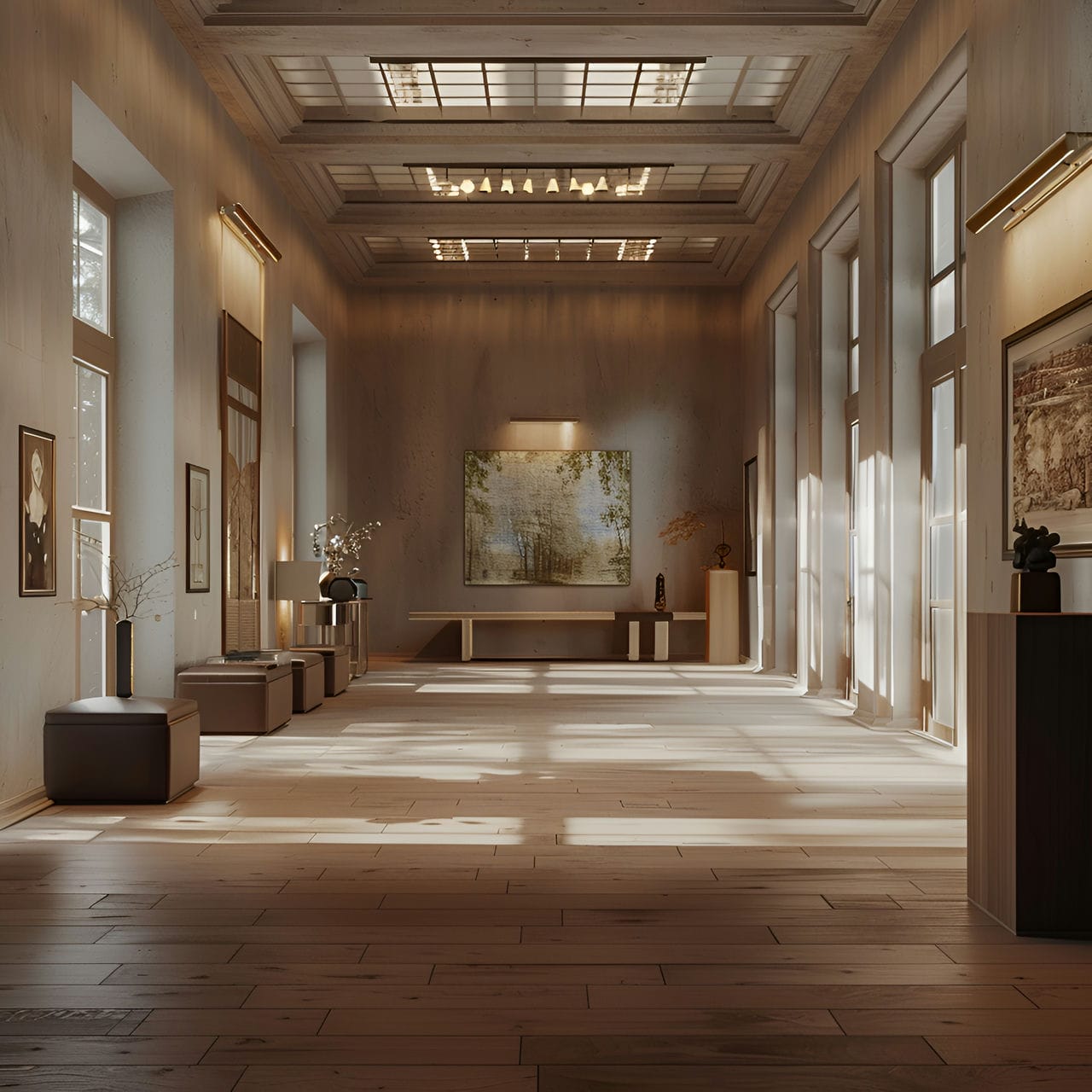
What furniture commonly equips a gallery?
Listed below are the types of furniture commonly used in a gallery:
- Display Pedestals: Display pedestals in a gallery are furniture essential for elevating sculptures or smaller art pieces to an appropriate viewing height. Pedestals can be made from wood, metal, or acrylic materials, and their simple design is distinct from the artwork they support.
- Benches: Benches provide a space in a gallery for viewers to sit and contemplate the artwork. These pieces of furniture are placed throughout the gallery to offer rest and a different perspective on the displayed pieces. Benches can range from minimalist designs to elaborate, crafted pieces that complement the gallery’s theme.
- Display Cases: Display cases in a gallery offer protection and an unobstructed view of delicate or valuable items. These cases can be freestanding or wall-mounted and are made of glass or clear acrylic with a secure frame.
- Easels: Easels display framed paintings or drawings in a gallery. They allow for easy repositioning and can accommodate various sizes of artwork. These pieces of furniture wooden easels add a classic touch, while metal ones offer a more contemporary look.
- Shelving Units: Shelving units in a gallery are versatile for displaying various items, from books related to the gallery’s collection to smaller art objects. These pieces of furniture can be custom-built to fit specific spaces or chosen from different pre-made designs.
- Lighting Fixtures: Proper lighting is furniture that is crucial in a gallery setting. Adjustable track lighting, spotlights, and wall washers are commonly used to highlight artwork and create ambiance. The choice of lighting fixtures can influence the mood of the space and must be functional and pleasing.
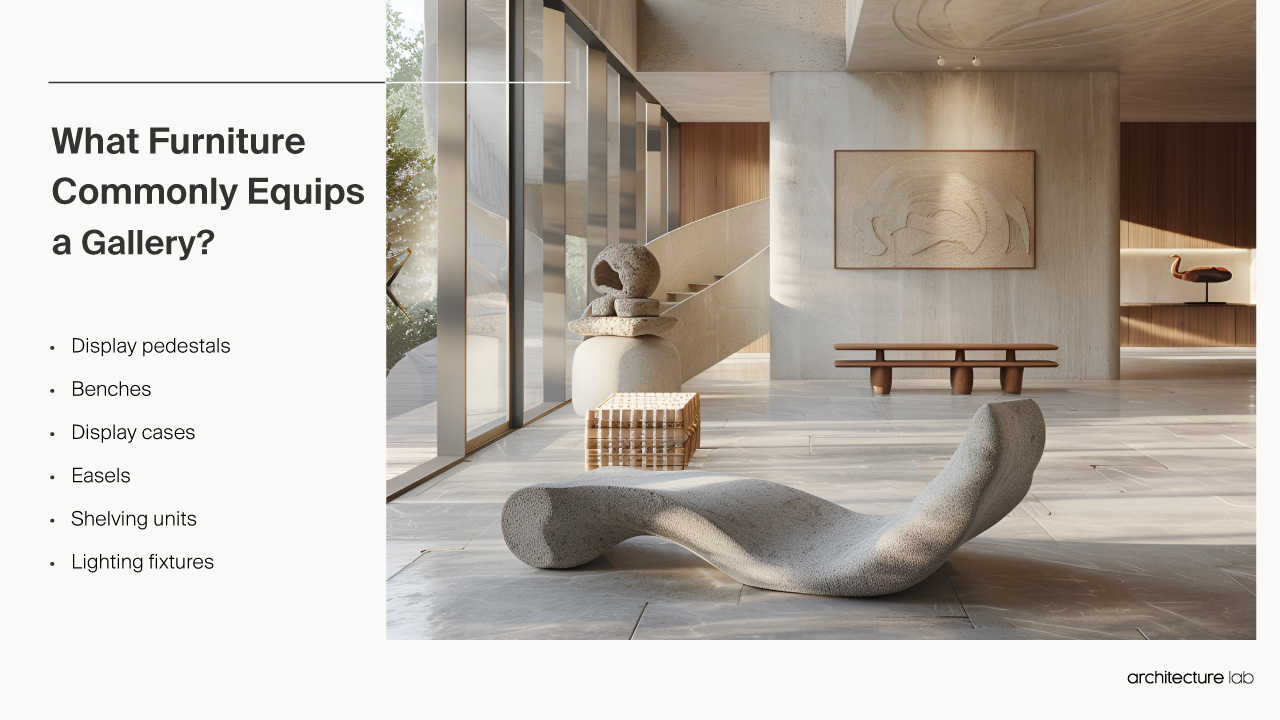
What is the normal ceiling height of a gallery?
The normal ceiling height of a gallery spans from 26 square feet (2.4 square meters) to 29 square feet (2.7 square meters), following home standards. Galleries incorporating higher ceilings start at 29 square feet (2.7 square meters) and go up to 32 square feet (3 square meters) and enable the display of additional larger-scale paintings or sculptures, which is impossible in average room heights. Exceeding 32 square feet (3 square meters) in ceiling elevation lessens the human connection central to enclosed gallery settings meant for focused exhibition review. Grand estate galleries incorporate double-height ceilings from 48 square feet (4.5 square meters) to 65+ square feet (6+ square meters), befitting their wingspan ground plans and custom architectural details.
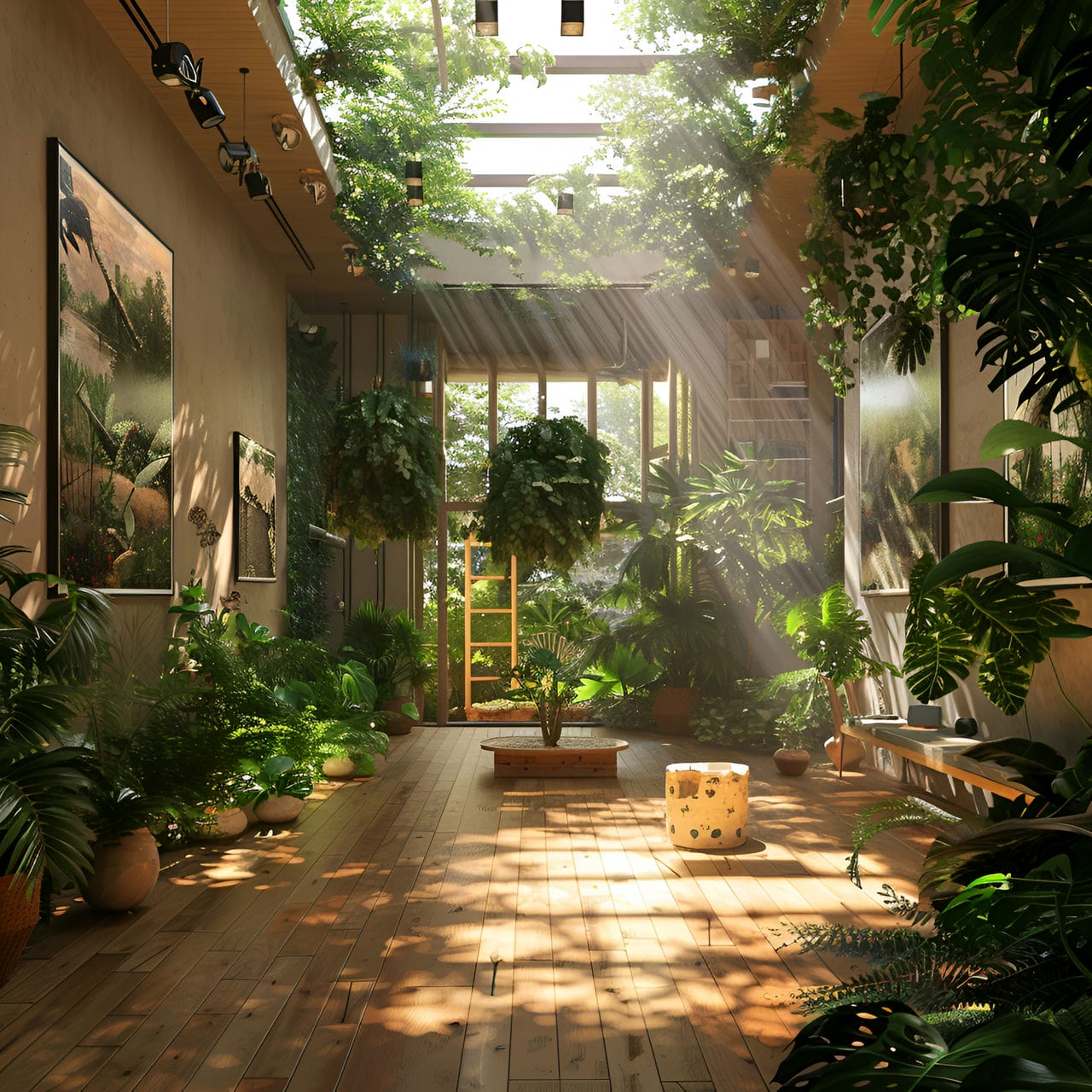
What colors are galleries usually painted?
Listed below are the colors typically used for painting galleries:
- White: Galleryies commonly uses white, creating a neutral backdrop for artwork. This color doesn’t compete with the art, allowing the pieces to stand out. White walls reflect light evenly, providing a consistent illumination crucial for viewing art.
- Gray: Gray in galleries offers a sophisticated and understated canvas. This color is less stark than white and can soften the light, reducing glare on artwork. Light grays work well in contemporary spaces, while darker shades add drama and depth.
- Black: Black galleries make a dramatic statement and are often used for specific art installations. This color recedes, making the artwork appear to float in space. Black walls can enhance the vividness of colors and details in the art, suitable for galleries focusing on modern and abstract pieces.
- Neutral Tones: Neutral tones like beige or taupe are common in galleries. These colors provide warmth and subtlety, creating an inviting and calm environment. Neutral walls can highlight the textures and colors of the artwork without overpowering them.
- Pastel Colors: Pastel colors are sometimes used in galleries for a soft, gentle backdrop. Light pinks, blues, and greens can complement artworks with delicate hues or themes. These colors work well in galleries focusing on contemporary art, illustrations, or children’s art.
- Earth Tones: In galleries, tones like olive green or terracotta bring a natural and organic feel. These colors can create a harmonious environment, especially when displaying art with nature themes or made from natural materials. Earth tones are often used in galleries focusing on traditional, indigenous, or eco-friendly art.
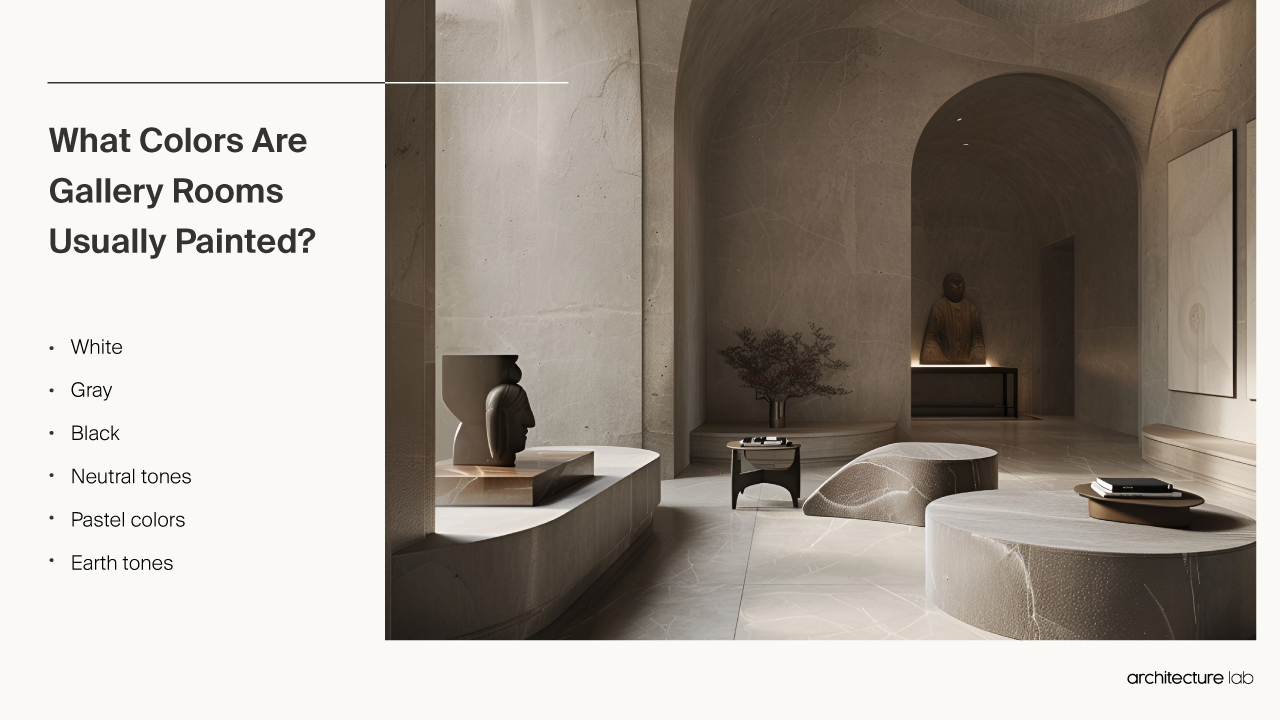
What makes the gallery functional?
The gallery is functional due to its design and layout, its adaptability to different types of exhibitions, its role in promoting artists, and its educational offerings. Firstly, the functionality of a gallery is determined by its design and layout. A well-designed gallery provides ample space to display artwork, ensuring each piece can be viewed comfortably. The lighting should be adjustable to highlight the artwork effectively, and the walls should be neutral to not distract from the art. Secondly, a gallery is functional due to its ability to adapt to different exhibitions. This includes the capacity to accommodate various art forms, such as paintings, sculptures, photographs, and installations. The gallery should be flexible enough to change its layout based on the requirements of each exhibition. Thirdly, a gallery is functional because it provides a platform for artists to showcase their work and gain recognition. It serves as a bridge between artists and the public, allowing artists to reach a wider audience. Lastly, a gallery is functional because it serves an educational purpose. Many galleries provide information about the artists and their works, offering visitors a deeper understanding of the art. This can be achieved through exhibition texts, artist talks, workshops, and other educational programs.
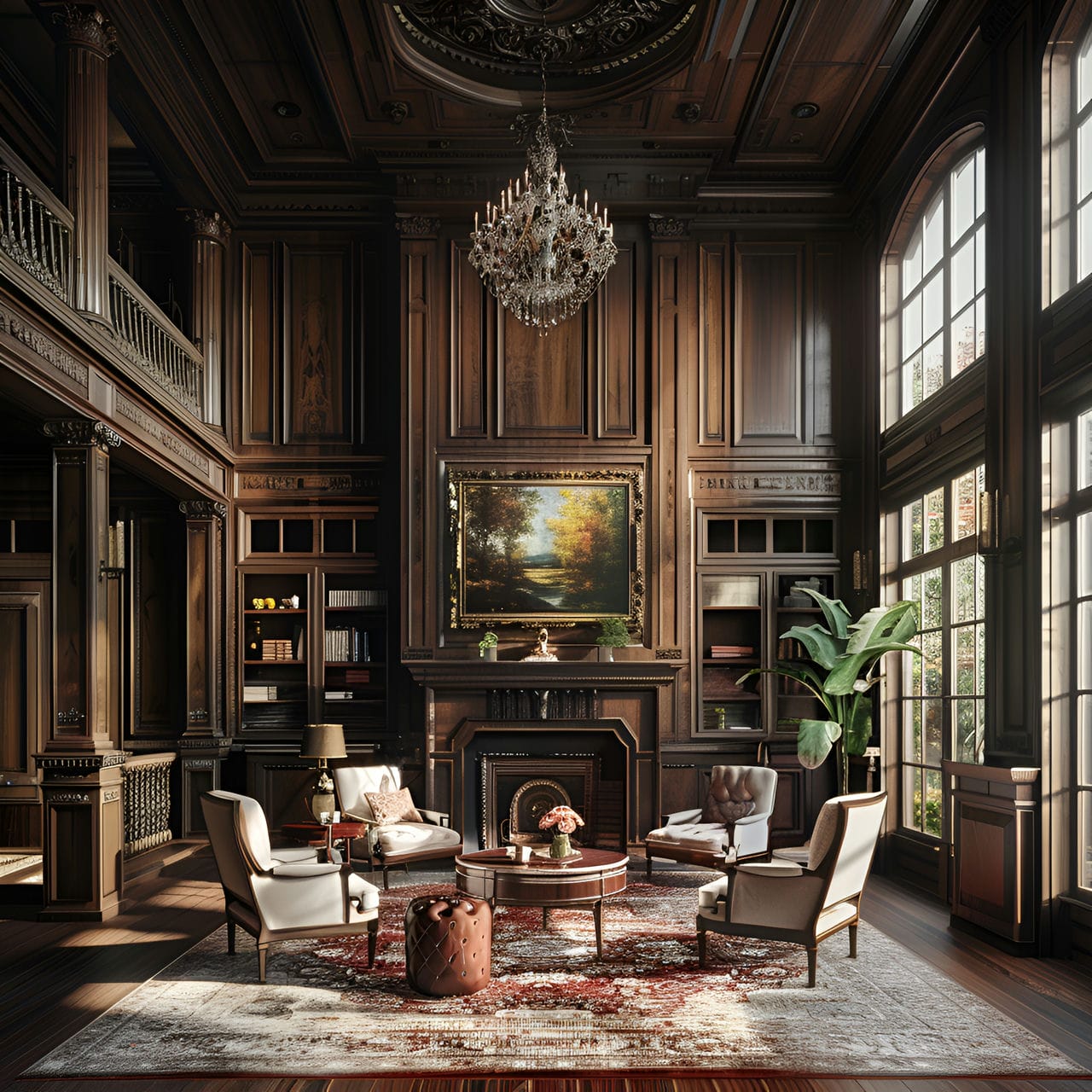
How is energy efficiency achieved in a gallery?
Energy efficiency is achieved in a gallery through sustainable design, energy-efficient lighting, and HVAC systems. Firstly, energy efficiency in a gallery can be achieved using sustainable design principles. This includes choosing a suitable site that minimizes environmental impact and maximizes natural light, which can reduce the need for artificial lighting. The building envelope, which consists of the walls, roof, windows, doors, and insulation, should be designed to minimize energy loss. Secondly, lighting systems play a crucial role in the energy consumption of a gallery. Energy-efficient lighting, such as LED bulbs, reduces the greenhouse effect and not only enhances the visual appeal of the gallery but also reduces energy consumption. Thirdly, galleries’ heating, ventilation, and air conditioning (HVAC) systems can significantly impact energy efficiency. Traditional HVAC systems can be inefficient and consume excessive energy. Implementing energy optimization strategies for these systems can reduce energy consumption and lower operational costs. Lastly, educating staff about energy-saving practices and engaging them in energy-reduction initiatives can create a culture of conservation within the gallery. This can further enhance energy efficiency and contribute to a more sustainable operation.
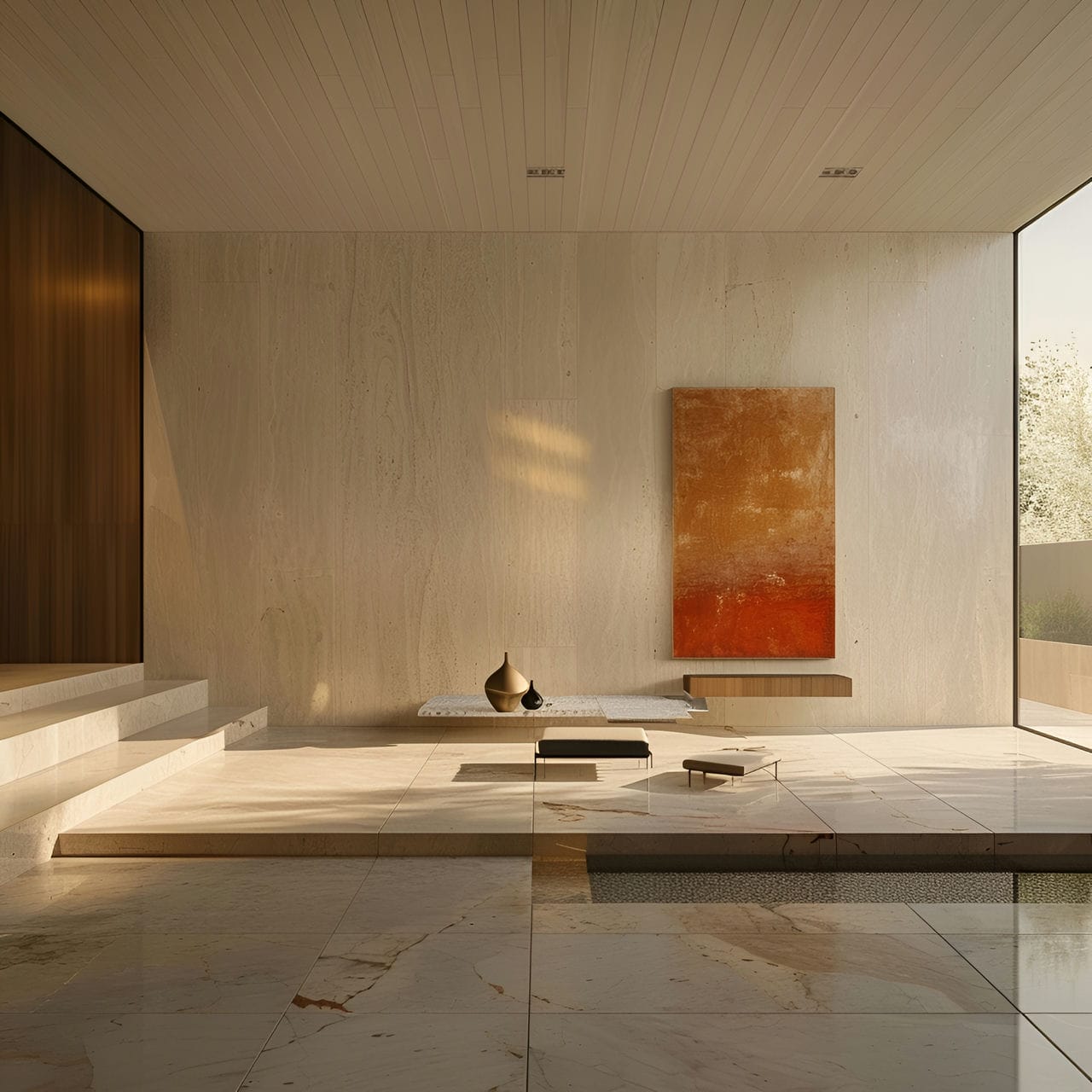
How much does it typically cost to renovate a gallery?
The average cost to renovate an existing spare room into a home art gallery falls between $5,000 (€4,500, £3,800) to $10,000 (€9,000, £7,600). Cosmetic updates like fresh white paint, new flooring, and standard track lighting run closer to $5,000 (€4,500, £3,800). Structural changes like removing walls, adding specialty fixtures, and expanding dimensions drive prices toward $10,000 (€9,000, £7,600). The ideal lighting layout for spotlighting artwork can run $1,500 (€1,350, £1,150) to $3,000 (€2,700, £2,300) itself. Additional narrow shelves or floating wall systems to maximize hanging space fall into the $2,000 (€1,800, £1,500) to $5,000 (€4,500, £3,800) range, depending on the extent. Converting existing rooms from 130 square feet (12 square meters) to 195 square feet (18 square meters) into galleries makes typical target budgets. Transforming spaces above 300 square feet (28 square meters) to over 750 square feet (70 square meters) with architecturally-focused showcasing needs and high-end finishes can easily exceed $15,000 (€13,500, £11,400). Essential white wall gallery preparation starts from $5,000 (€4,500, £3,800) to $10,000 (€9,000, £7,600), while extensively customized layouts and built-in details in luxury home galleries match their ambitions from $10,000 (€9,000, £7,600) to $15,000+ (€13,500+, £11,400+).
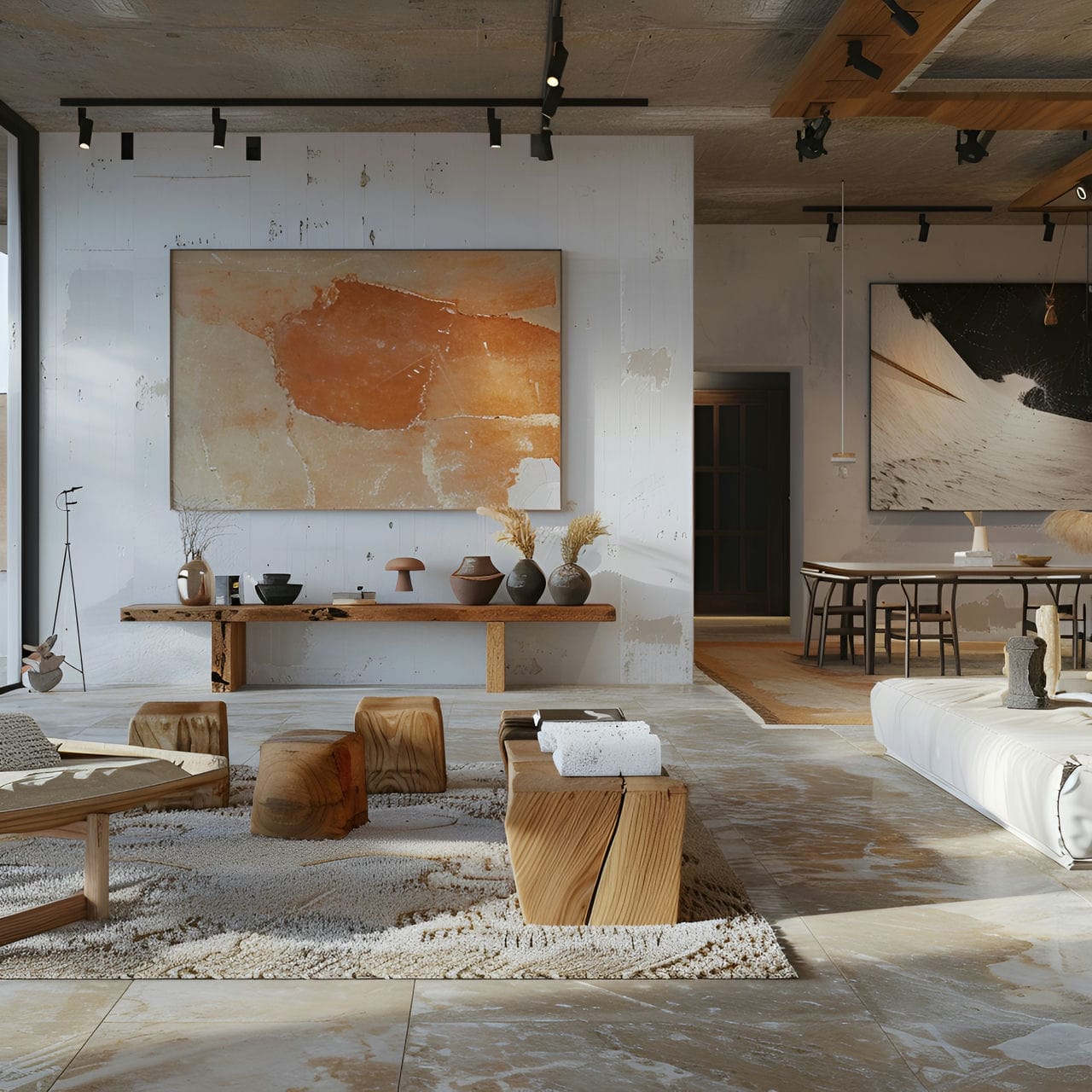
What factors affect the gallery renovation?
Listed below are the factors that affect the gallery renovation:
- Lighting: Lighting is a critical factor in gallery renovation. Proper lighting can transform a gallery space, highlighting artwork and creating ambiance. An architect or lighting designer can help select the right fixtures and layout to ensure that each piece is appropriately illuminated without causing glare or damage to the artwork.
- Wall Condition: The condition of the gallery walls is paramount. Walls must provide a neutral backdrop for the art, so any imperfections must be addressed. This might involve repairing damage, applying fresh paint, or installing new wall systems for flexible art displays.
- Space Layout: The gallery’s layout affects visitors’ experience. Renovations may involve reconfiguring walls or adjusting the flow to guide visitors through exhibits better. An architect can help design a layout that maximizes space and enhances the viewing experience.
- Climate Control: Maintaining a suitable climate is essential in a gallery to preserve artwork. Renovations may need to include updates to HVAC systems to control temperature and humidity, which can be complex and costly but are necessary for the longevity of the art.
- Flooring: Flooring choices in a gallery renovation are essential for aesthetics and practicality. The flooring must be durable to withstand foot traffic yet not detract from the art. Options may include hardwood, polished concrete, or specialty museum-grade materials.
- Security: Security upgrades may be necessary in a gallery renovation to protect valuable artwork. This can include advanced alarm systems, surveillance cameras, and secure display cases. These systems must be integrated carefully to be effective without being obtrusive.
- Accessibility: Ensuring that the gallery is accessible to all visitors is a critical factor in renovation. This includes compliance with ADA standards, such as wheelchair access, and considerations for visitors with other disabilities. Renovations may involve adding ramps, elevators, or other accessibility features.
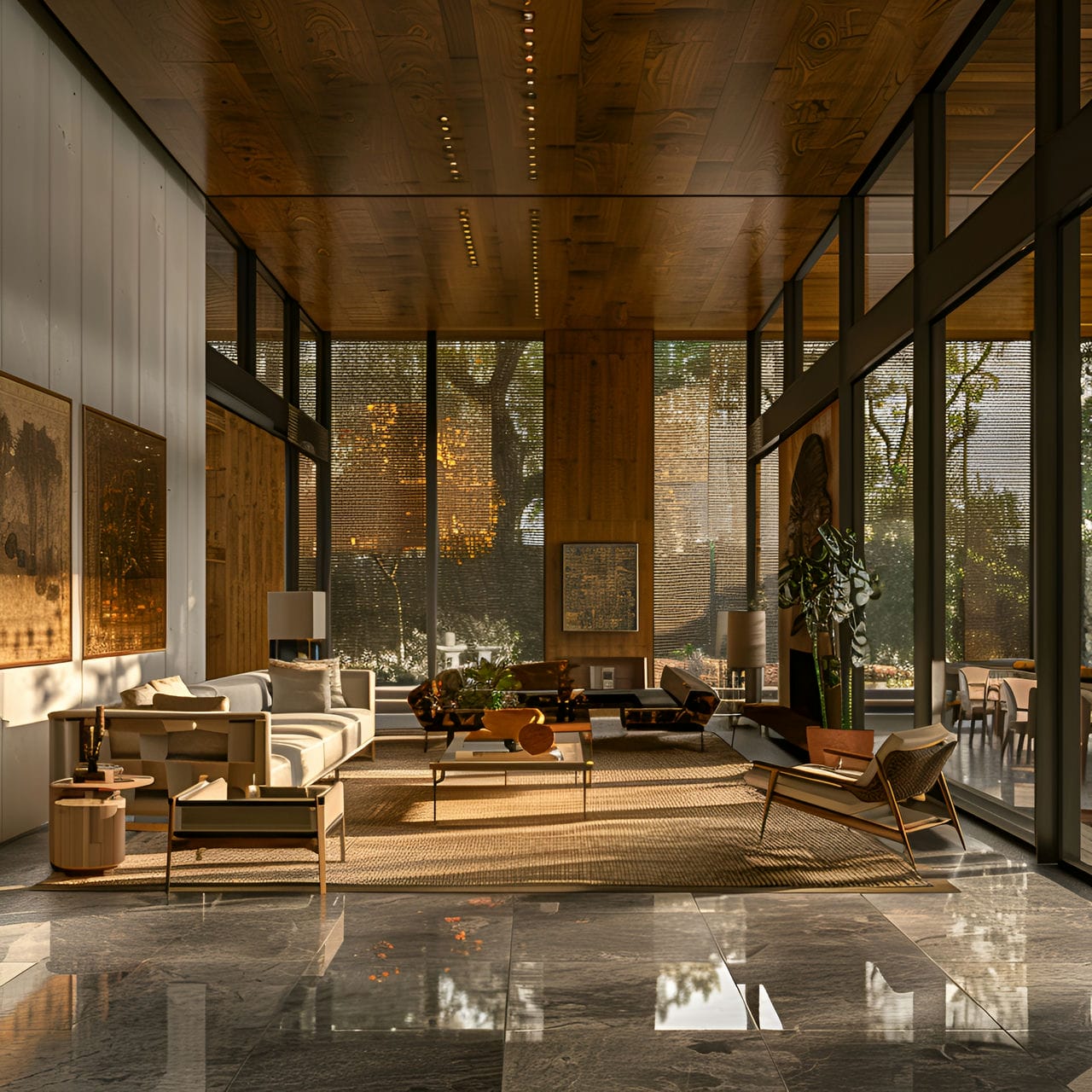
Is an architect required to renovate a gallery?
No, hiring an architect to renovate a gallery is not required but it is recommended, particularly for significant renovations. An architect’s expertise is crucial when the renovation involves structural changes, optimizing the use of space, or enhancing the gallery’s lighting and display capabilities. They bring a deep understanding of design principles, ensuring that the renovated space meets aesthetic goals and functions optimally for art display. Architects are adept at navigating building codes and regulations, a critical aspect of public spaces like galleries. Their skills in managing complex design and construction processes can significantly elevate the quality and success of the renovation.
How can an architect help you upgrade a gallery?
Listed below are the ways that an architect can help an owner upgrade a gallery:
- Space Planning: An architect can help optimize the layout of the gallery. They can design a flow that guides visitors through exhibits, maximizes wall space for artwork, and creates areas for interactive displays or seating.
- Lighting Design: Lighting is crucial in a gallery to properly illuminate artwork and create the right ambiance. An architect can design a lighting plan that includes natural and artificial light sources and help select fixtures that complement the gallery’s aesthetic.
- Material Selection: An architect can assist in selecting durable, attractive materials suitable for a gallery. This could include flooring materials, wall coverings, and finishes that can withstand high traffic and don’t detract from the artwork.
- Climate Control: Maintaining a suitable climate is essential in a gallery to preserve artwork. An architect can help design HVAC systems that control temperature and humidity, ensuring the longevity of the art.
- Security Planning: An architect can help plan gallery security measures to protect valuable artwork. This can include designing spaces for surveillance cameras, alarm systems, and secure display cases. They can ensure these systems are effectively integrated into the design without being obtrusive.
- Accessibility Design: An architect can ensure the gallery is accessible to all visitors. This includes designing for wheelchair access, visual or hearing impairments, and other disabilities. They can help plan for ramps, elevators, and other accessibility features.
- Budget Management: An architect can help manage the budget for gallery renovation. They can provide cost estimates for different design options, suggest areas where it can save money, and help ensure the most value for investment.
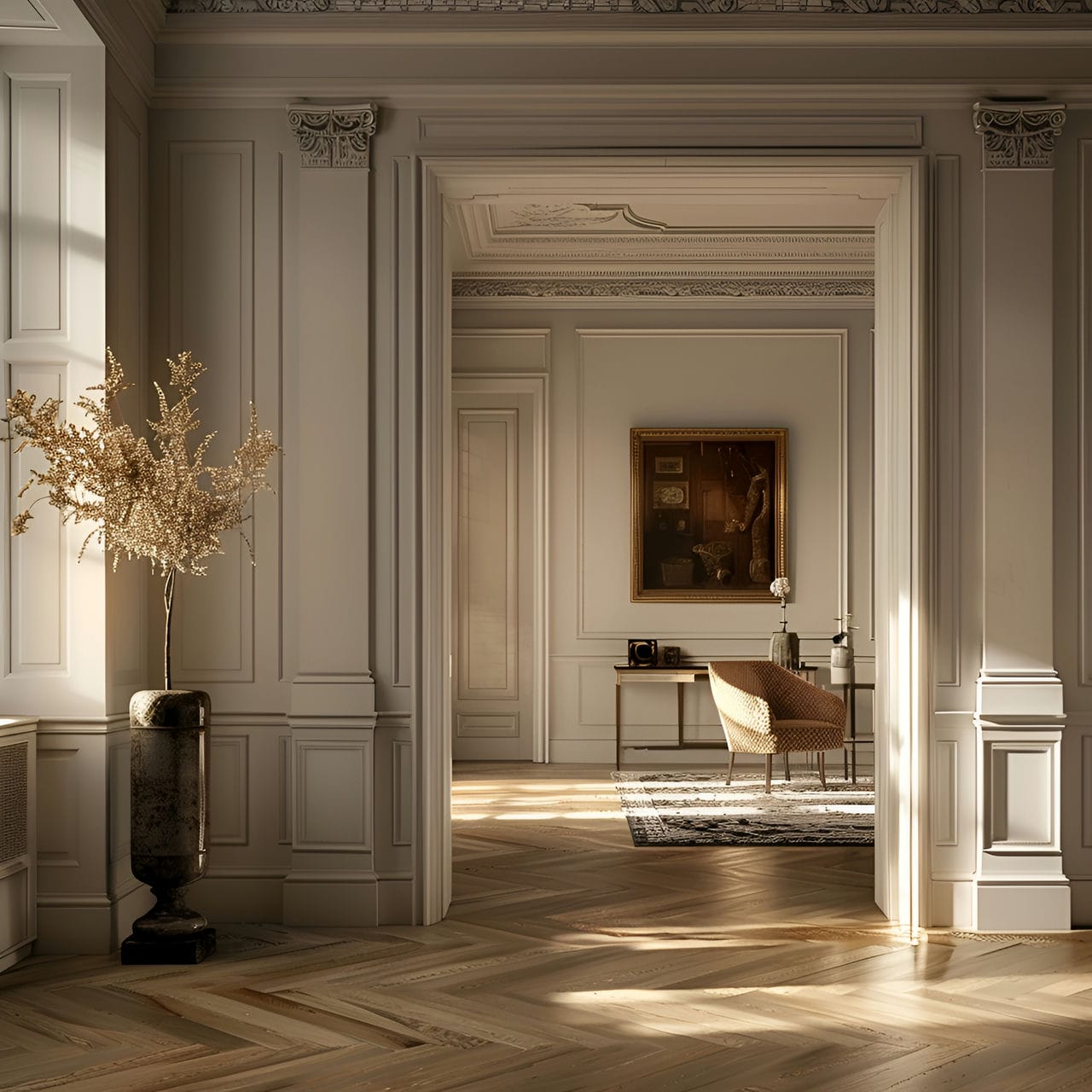
How much does it cost to hire an architect to renovate a gallery?
The average cost to hire an architect to design a home art gallery renovation spans $1,500 (€1,350, £1,150) to $5,000 (€4,500, £3,800) based on scope and customization. Most residential architects charge between $100 (€90, £75) to $175 (€155, £135) per hour. Minor gallery projects ranging from 130 square feet (12 square meters) to 195 square feet (18 square meters) gallery projects with simple white walls and essential adjustable lighting take 10-15 hours for modest fees of $1,500 (€1,350, £1,150). Mid-scale renovations to transform existing spaces from 195 square feet (18 square meters) to 300 square feet (28 square meters) incorporating structural changes like expanded doorways, added specialty fixtures, or display shelving requires 20-30 architectural hours averaging $2,500 (€2,250, £1,900). Top-tier interior designers tailoring high-end contemporary galleries with floating ceiling installations, accent metal mesh siding, slate flooring, or electronic partitioning in the range of 325 square feet (30 square meters) to over 750+ square feet (70 square meters) charge $5,000+ (€4,500+, £3,800+). Their elaborate design integration into surrounding living spaces may take 30-50 hours. Basic gallery installation starts from $1,500 (€1,350, £1,150) to $2,500 (€2,250, £1,900) architecturally, while extensive custom layouts allowing innovative mixed media art display match the complexity and time investment from $2,500 (€2,250, £1,900) to $5,000 (€4,500, £3,800).
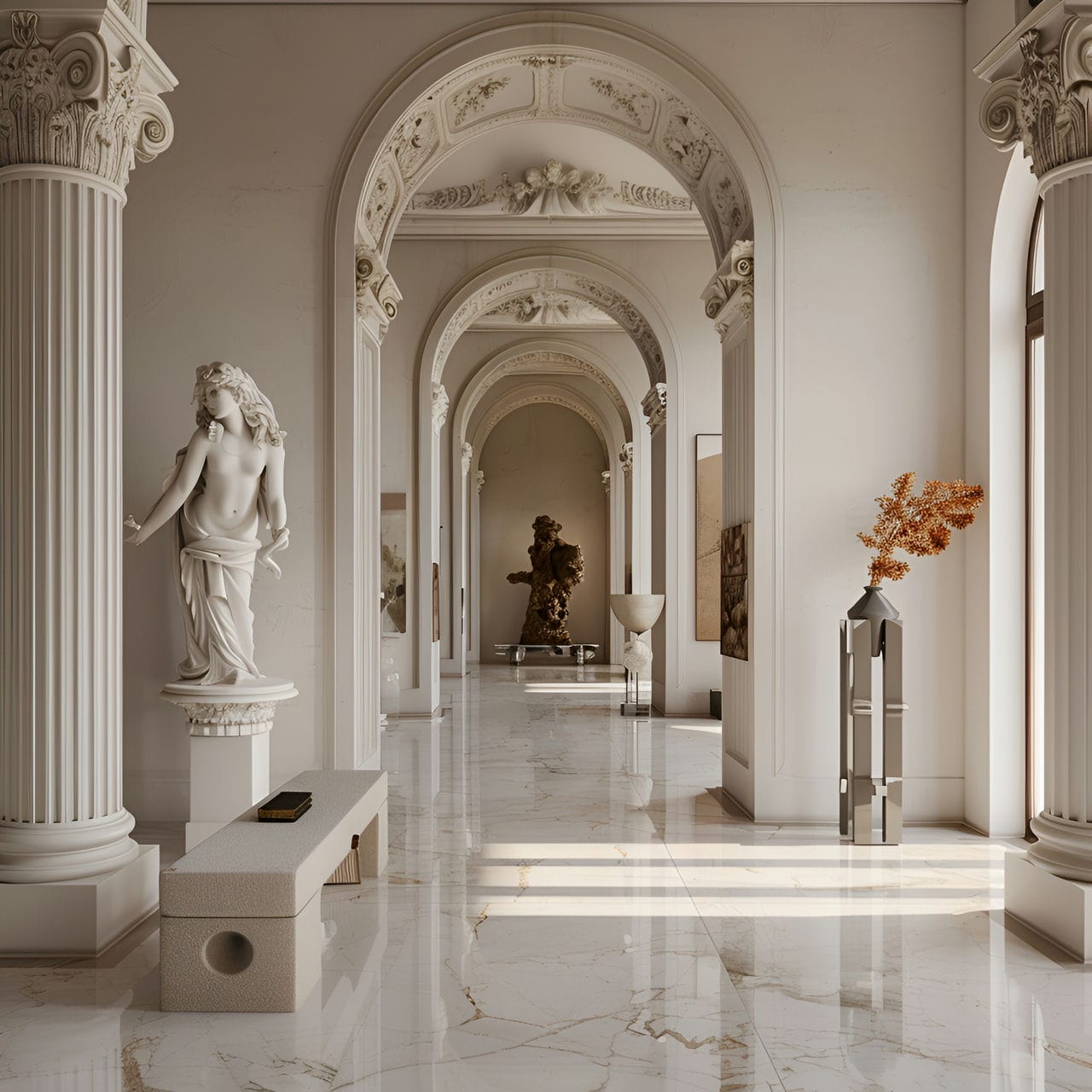
Is it worth it to hire an architect to upgrade a gallery?
Yes, hiring an architect to upgrade a gallery can be highly beneficial and worth the investment, particularly for significant upgrades. An architect brings specialized skills in design and planning, ensuring that the gallery’s space is used optimally and aesthetically. An architect’s expertise is invaluable for upgrades involving structural changes, improved lighting systems, or creating more engaging and functional display areas. They can provide innovative solutions to enhance the viewer’s experience and ensure that the art is presented best. Their ability to oversee the project from concept to completion, addressing practical and artistic considerations, can transform the gallery into a more impressive and efficient space.
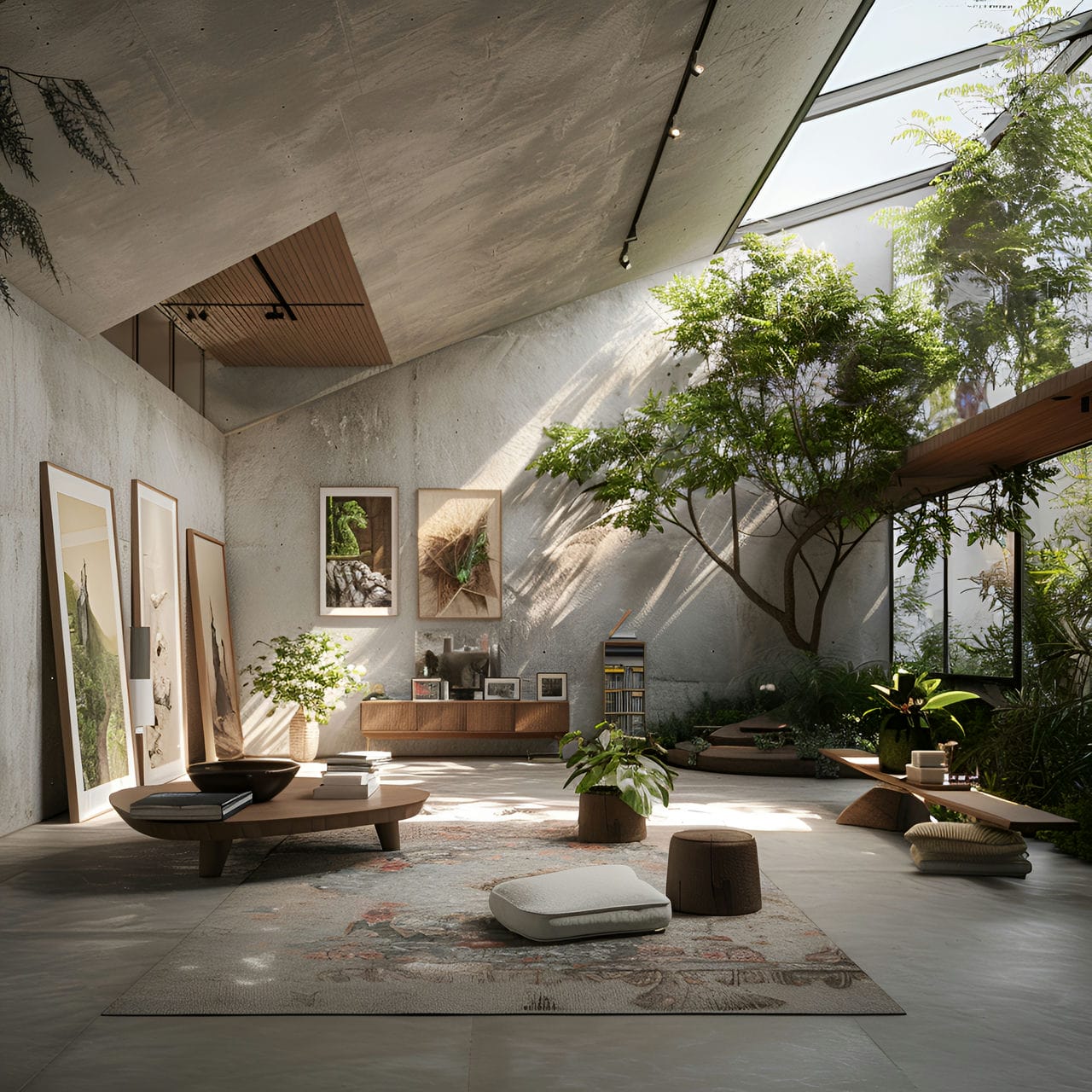
How long is needed to redecorate a gallery?
To redecorate the gallery, a timeframe of 8 to 20 weeks is required. Firstly, the planning and design phase is critical. This initial stage, including conceptualizing and selecting artworks, takes 2 to 4 weeks for smaller galleries. This phase can extend to 8 to 12 weeks for larger or more intricate projects. Secondly, sourcing materials and artwork is the next step. This phase involves procuring necessary materials and artwork, which can add another 4 to 8 weeks, depending on these items’ availability and delivery schedules. Thirdly, the actual physical redecoration work takes place. Minor updates like painting and lighting installation span 2 to 6 weeks. If the renovation includes structural changes or custom installations, the duration can increase to 8 to 12 weeks. Fourthly, installing technical systems such as advanced lighting and climate control is essential in a gallery. This process might require 2 to 4 weeks, especially for customized or complex systems. Lastly, the final arrangement and staging phase involves placing and arranging artwork. This stage could take 1 to 2 weeks, varying with the collection size and the complexity of the installations.
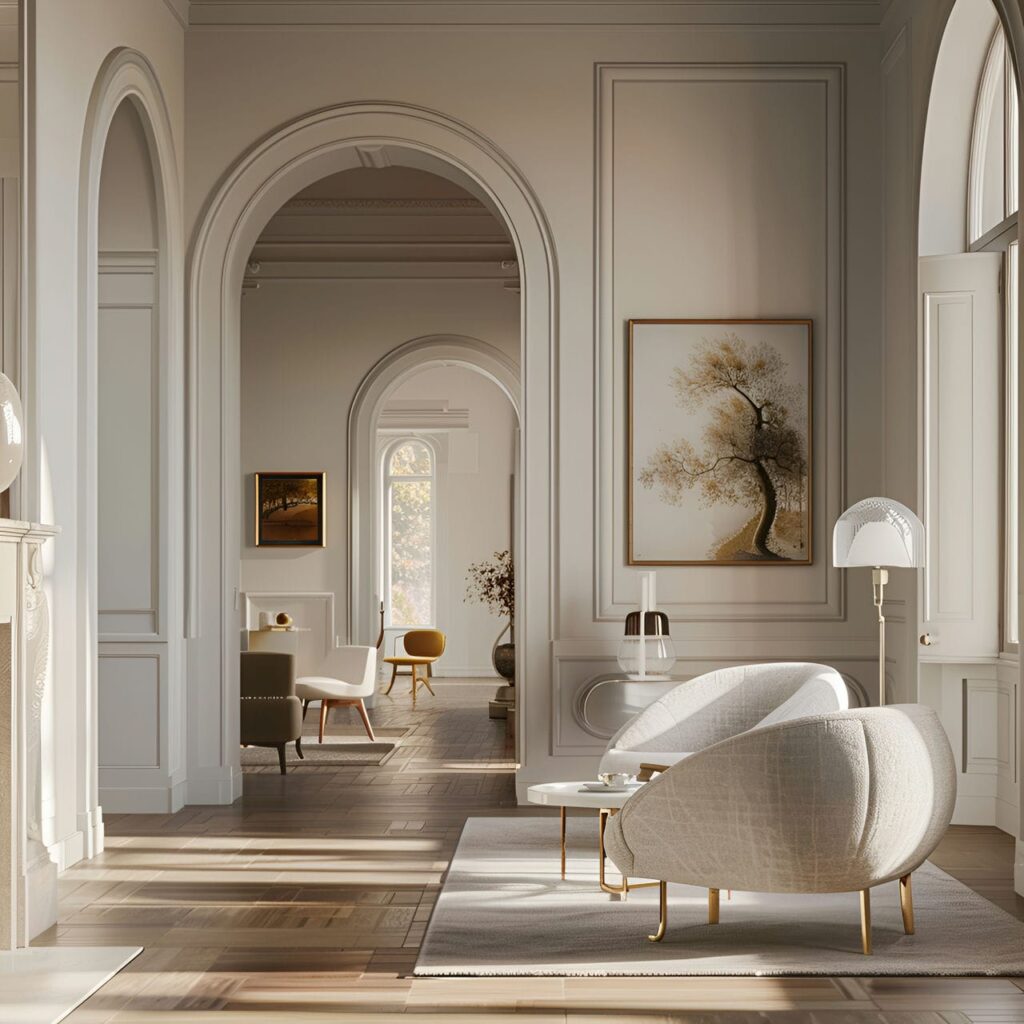
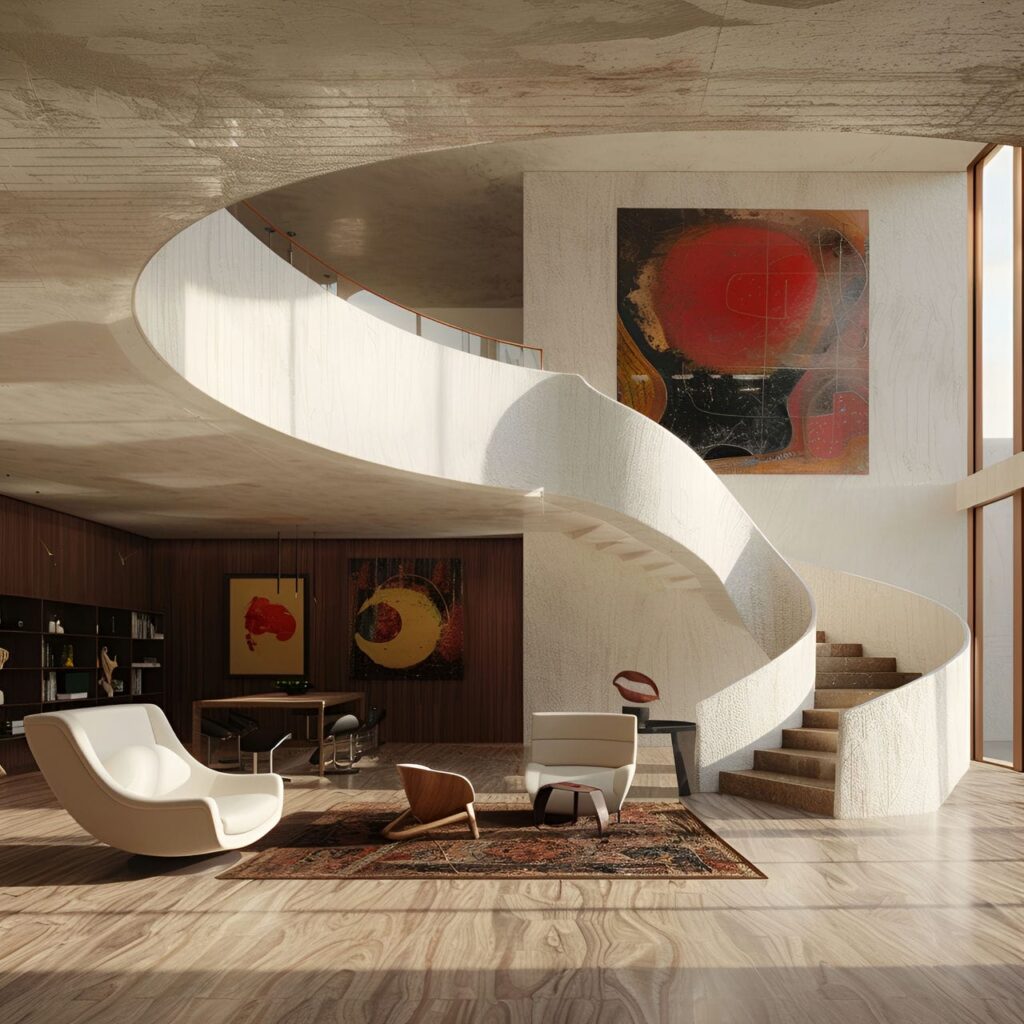
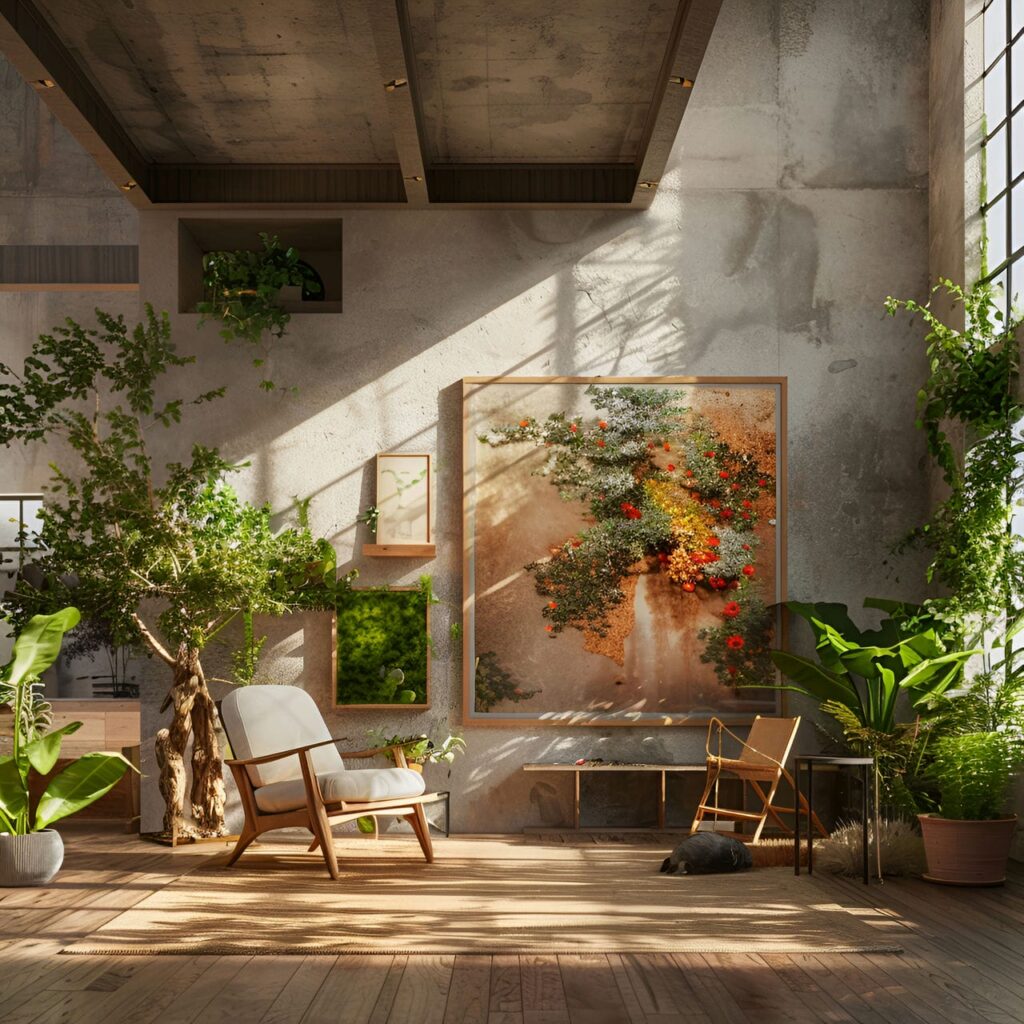
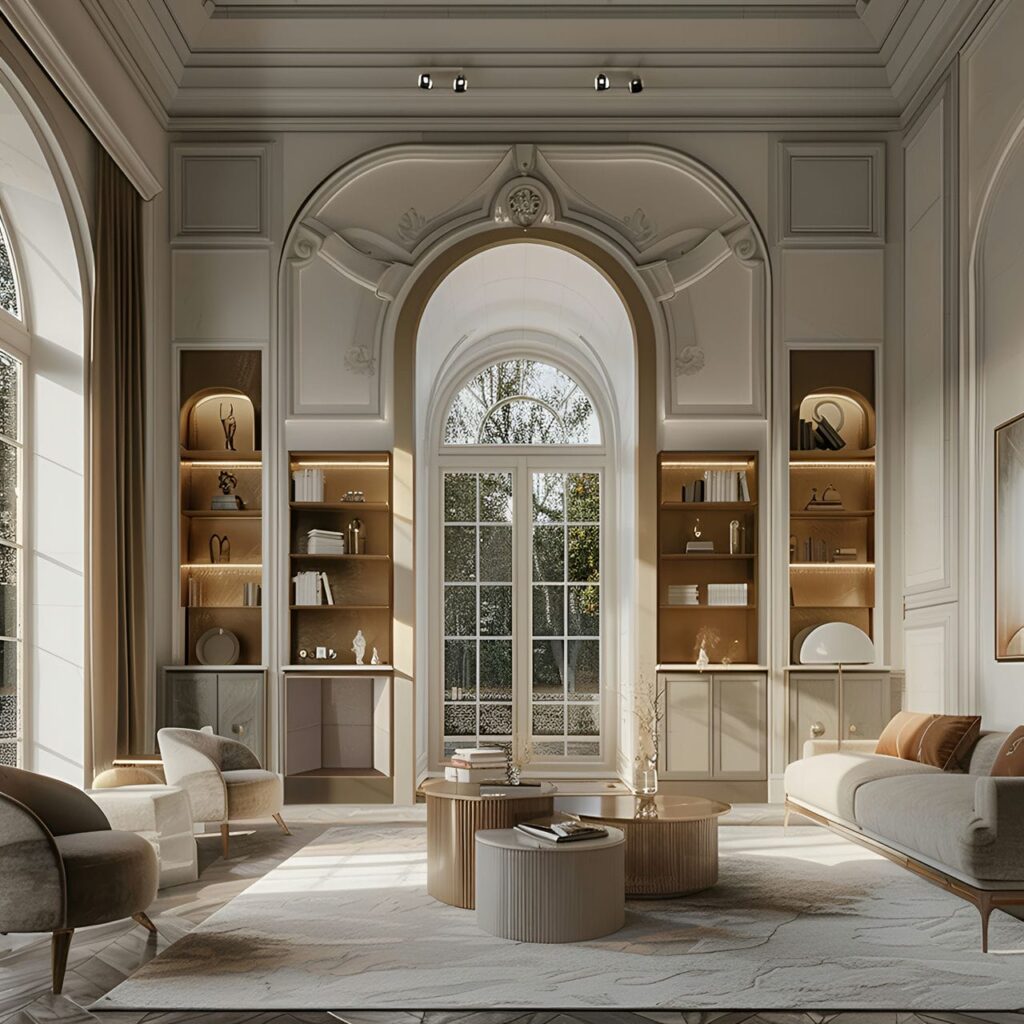
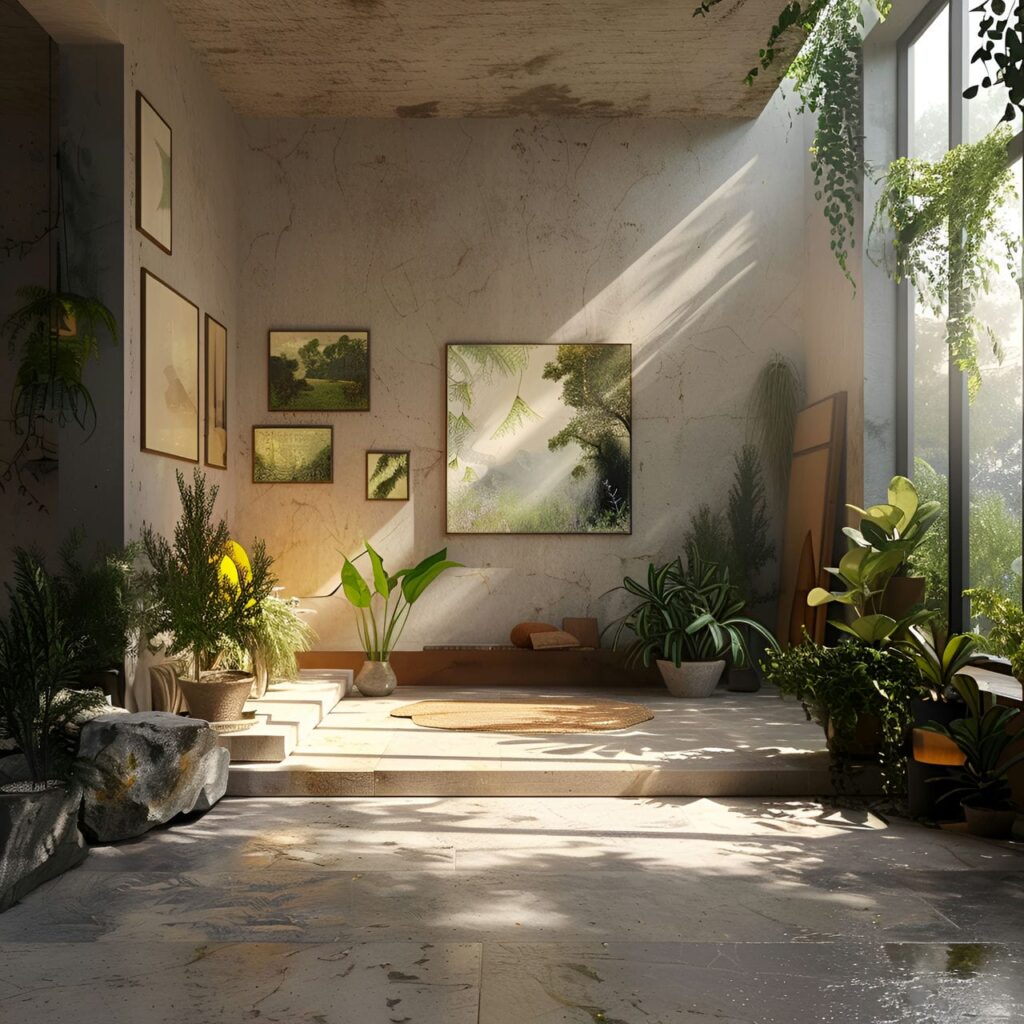
What are the struggles of the homeowner to redecorate a gallery?
Listed below are the struggles of the homeowner to redecorate a gallery:
- Budget Constraints: Redecorating a gallery can be costly. From purchasing new art pieces to hiring professional interior designers, the expenses can quickly add up. Homeowners often need help to balance their desire for a gallery with their financial limitations.
- Space Management: Galleries require careful planning to ensure that each piece of art has its own space and is displayed to its best advantage. Homeowners may need help arranging the artwork in a way that doesn’t make the gallery feel cluttered or overwhelming.
- Art Selection: Choosing the right art pieces in the gallery can be daunting. Homeowners may need help finding artwork that fits their taste, complements the existing decor, and fits within their budget. They may also face challenges in sourcing unique or rare pieces or deciding between original artwork and reproductions.
- Lighting Challenges: Proper lighting is crucial in a gallery to highlight the artwork and create the right ambiance. Homeowners need to consider various factors, such as the natural light in the room, the type of artificial lighting to use, and the positioning of the lights to avoid glare or shadows on the artwork.
- Preservation and Maintenance: Artwork requires proper care to maintain its condition in the gallery. Homeowners may need help understanding how to preserve and sustain their artwork correctly. This can include challenges related to controlling the temperature and humidity in the gallery, protecting the artwork from damage, and cleaning the artwork without causing harm.
- Staying Updated: Art trends change, and updating a gallery can be difficult. Homeowners may need help visiting and being informed about the latest trends in the art world and updating their galleries to reflect these trends. This can involve regularly sourcing new artwork, rotating the displayed pieces, and even changing the layout or decor of the gallery.
